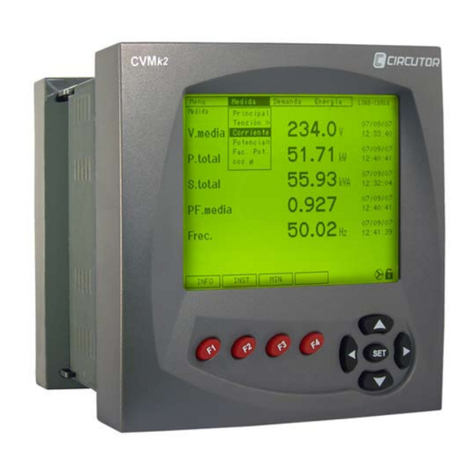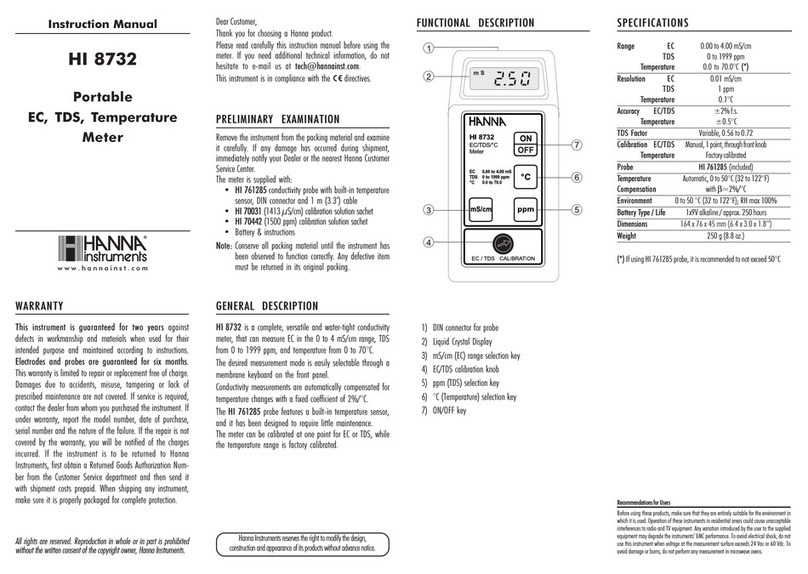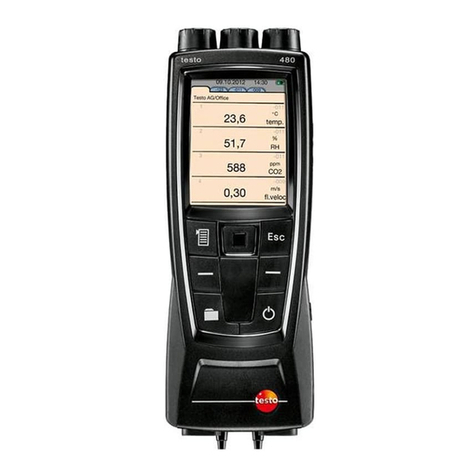Trilithic Three User manual



















Table of contents
Other Trilithic Measuring Instrument manuals
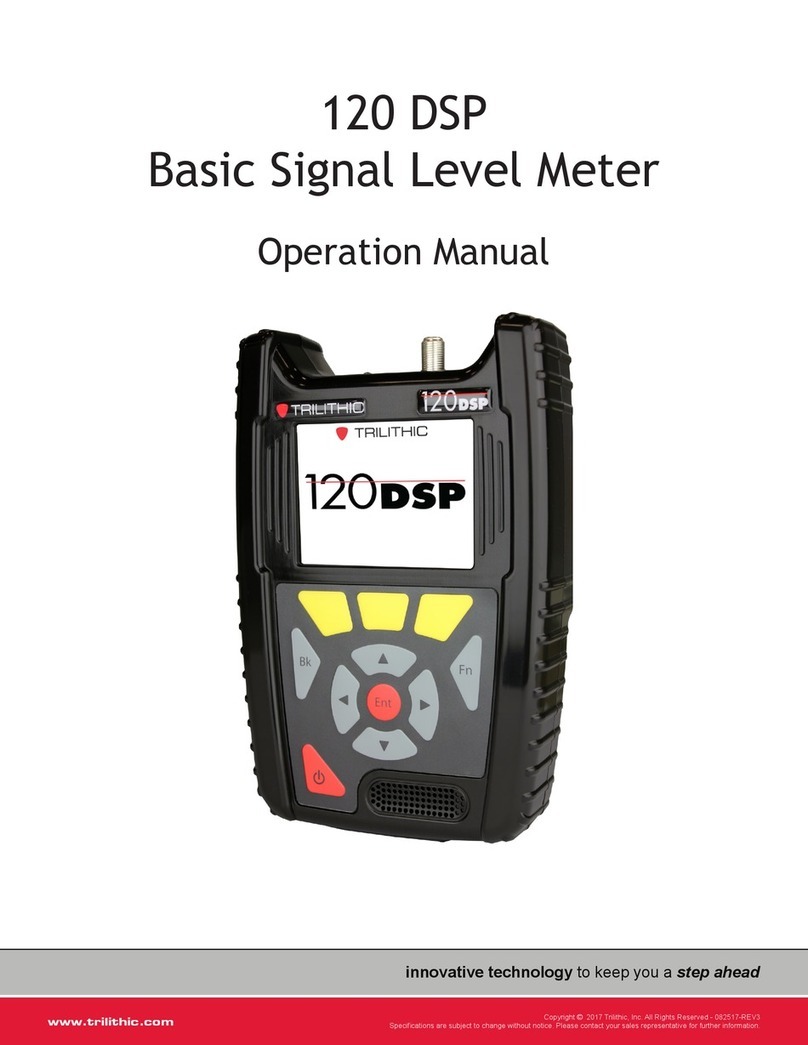
Trilithic
Trilithic 120 DSP Installation manual
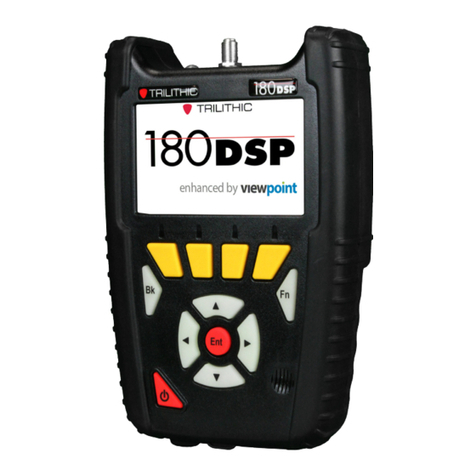
Trilithic
Trilithic 180 DSP User manual
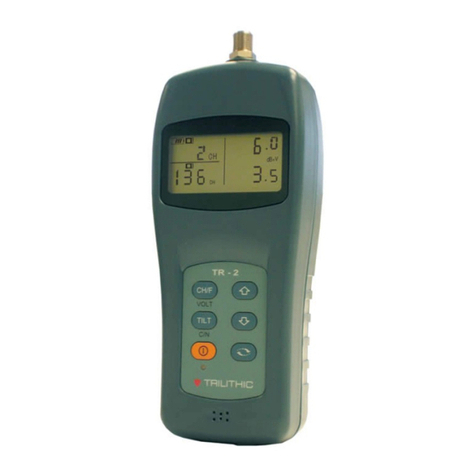
Trilithic
Trilithic TR-2 User manual

Trilithic
Trilithic Seeker D User manual
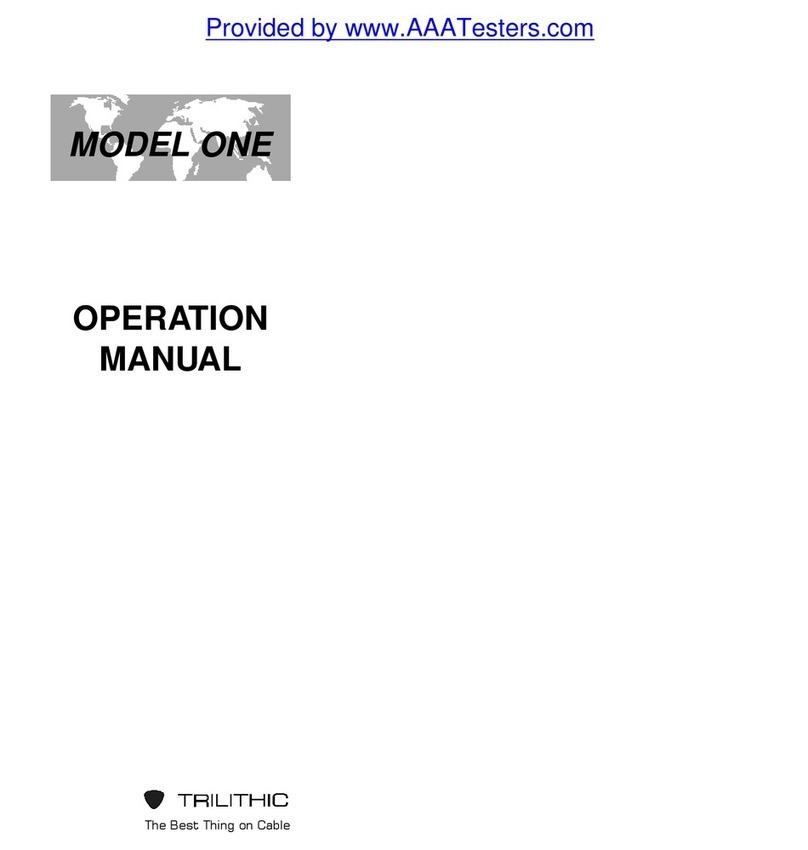
Trilithic
Trilithic Model One User manual
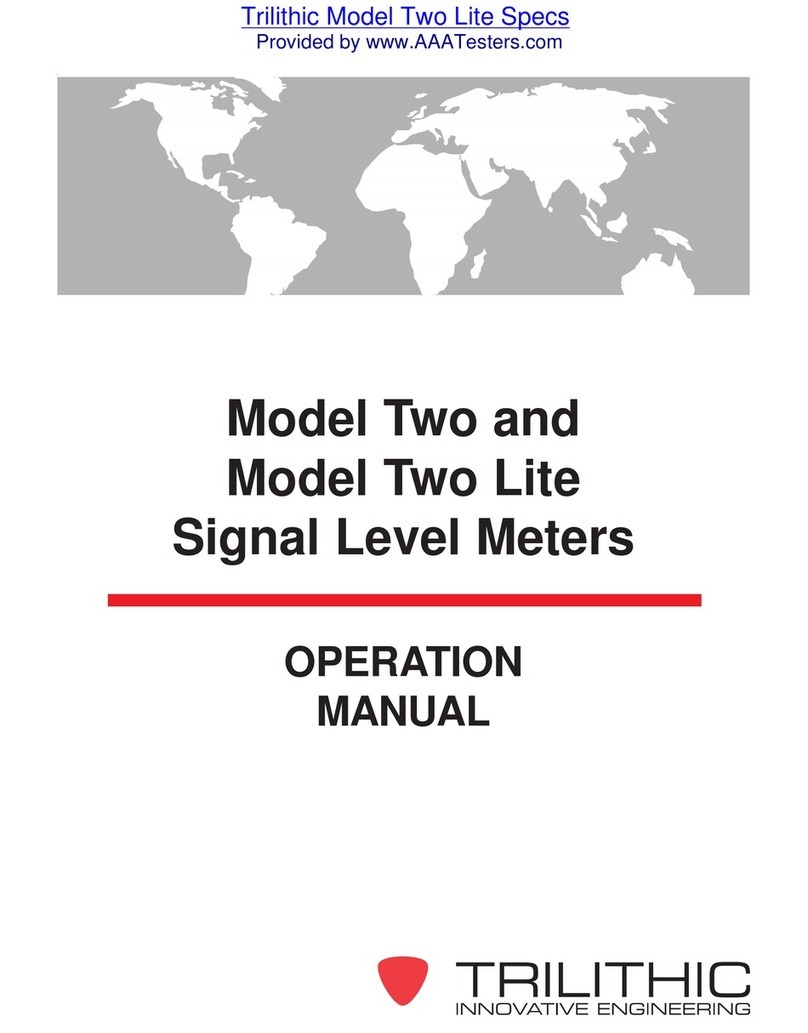
Trilithic
Trilithic Two User manual
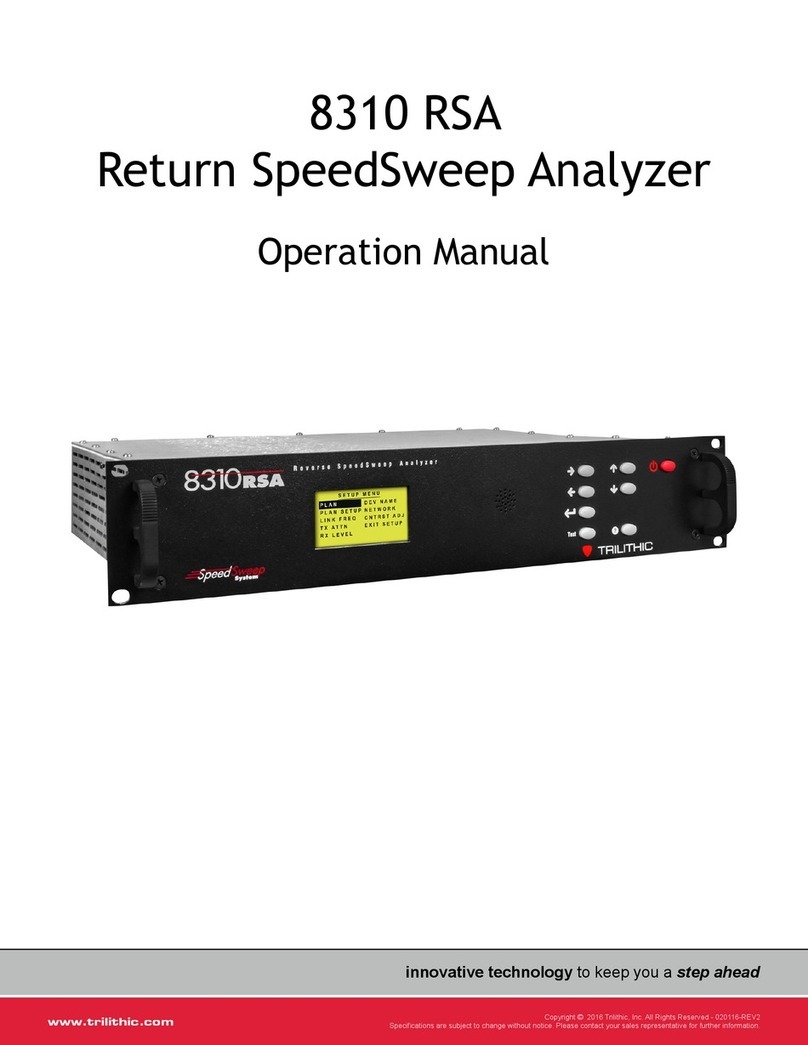
Trilithic
Trilithic 8310 RSA User manual
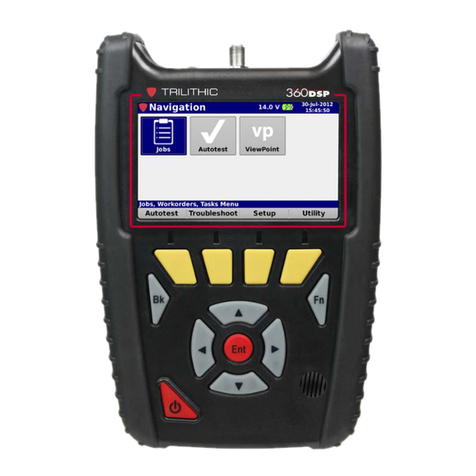
Trilithic
Trilithic 360 DSP User manual
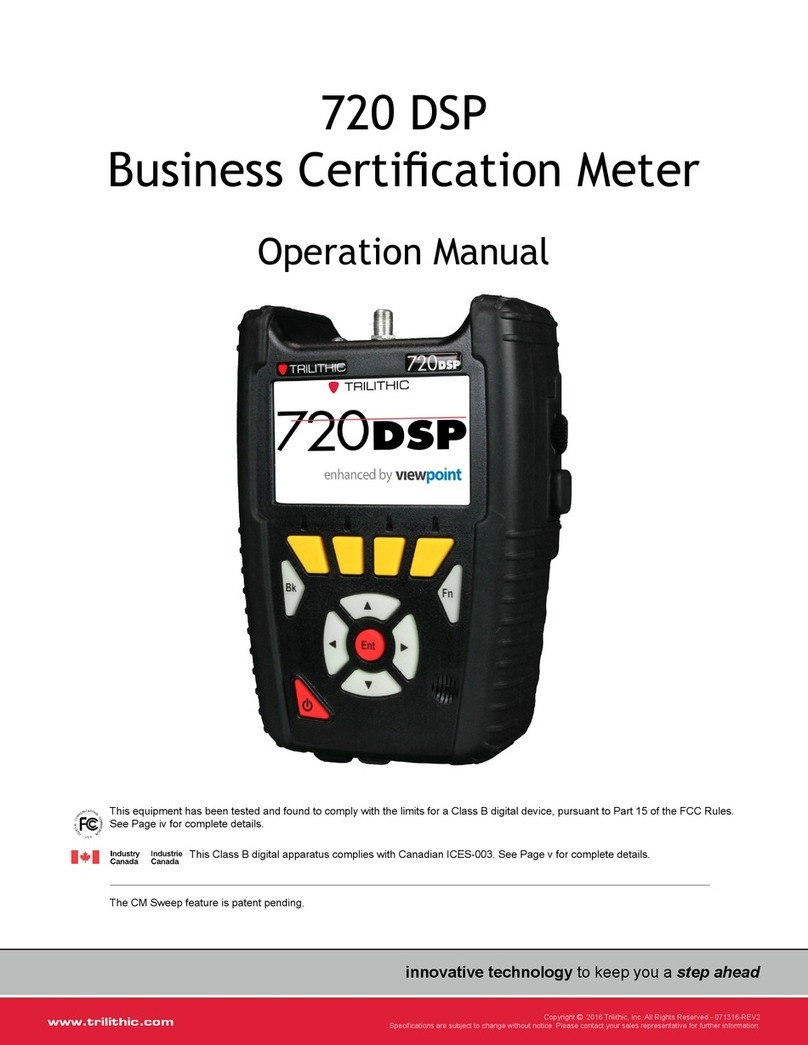
Trilithic
Trilithic 720 DSP User manual
Popular Measuring Instrument manuals by other brands

WATANABE ELECTRIC INDUSTRY CO., LTD
WATANABE ELECTRIC INDUSTRY CO., LTD AP-244A-11 series instruction manual
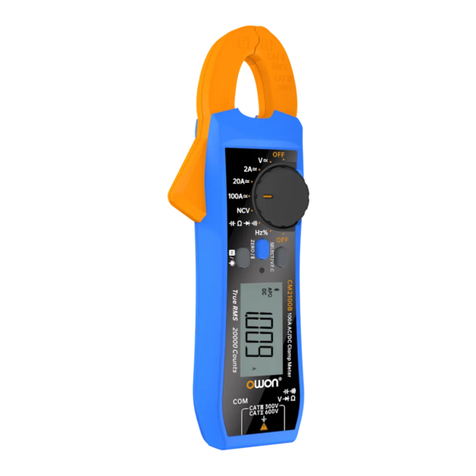
Owon
Owon CM2100 user manual
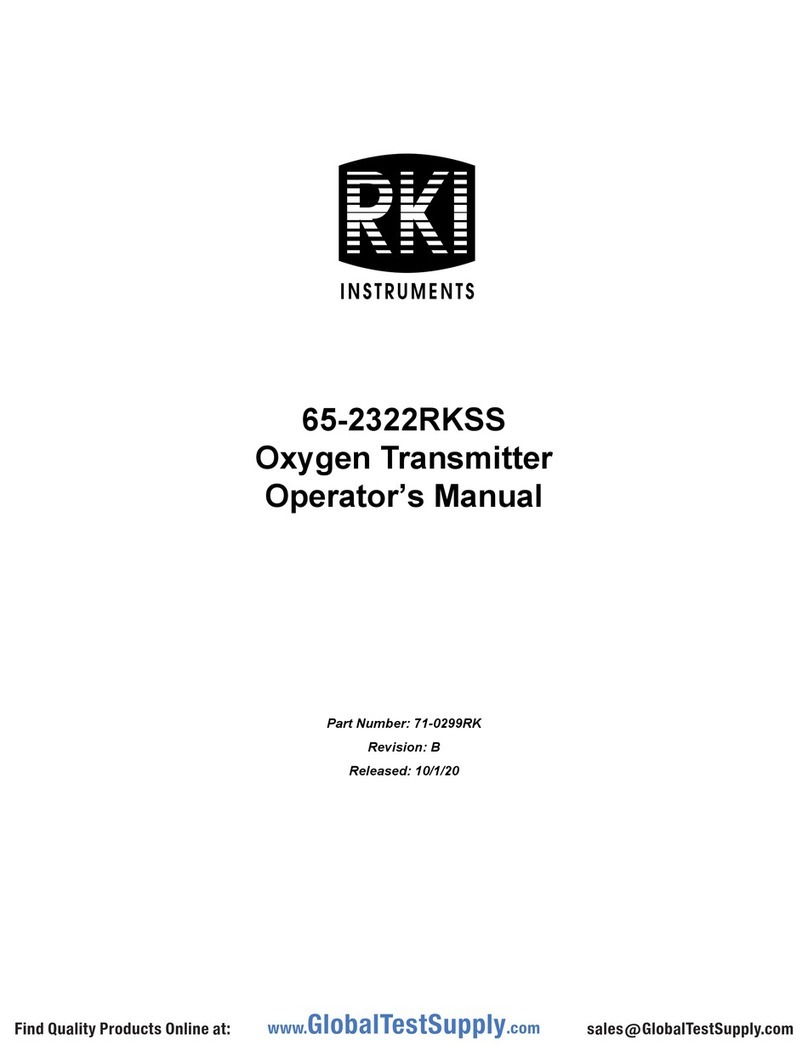
RKI Instruments
RKI Instruments 65-2322RKSS Operator's manual

Avery Weigh-Tronix
Avery Weigh-Tronix CUBETAPE PRO quick start guide

Kostal
Kostal Smart Energy Meter operating manual
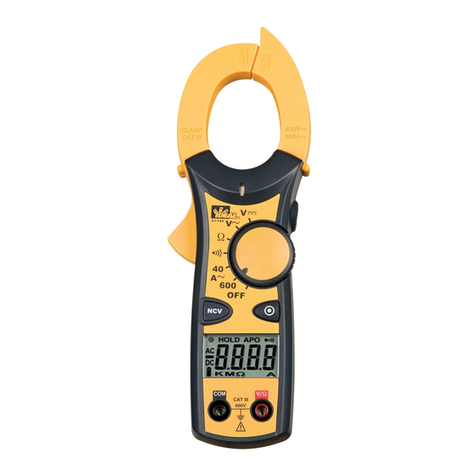
IDEAL
IDEAL 61-744 instruction manual

National Instruments
National Instruments NI 5734 USER GUIDE AND SPECIFICATIONS
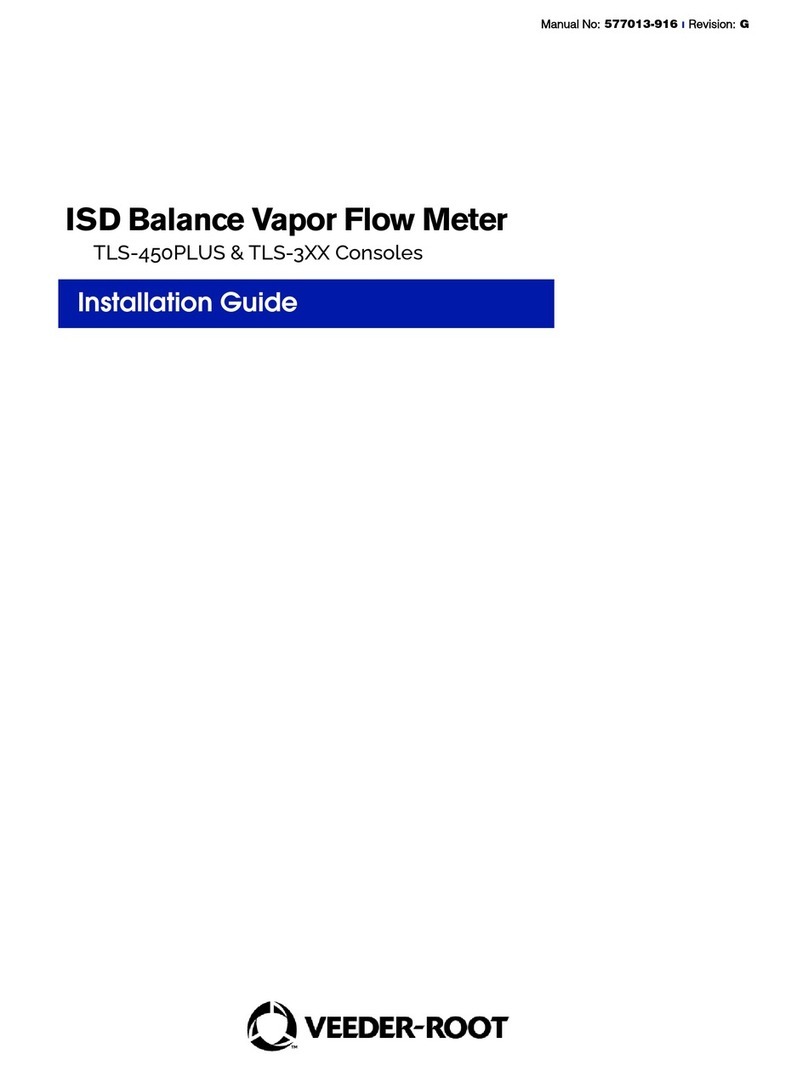
Veeder-Root
Veeder-Root TLS-3 Series installation guide
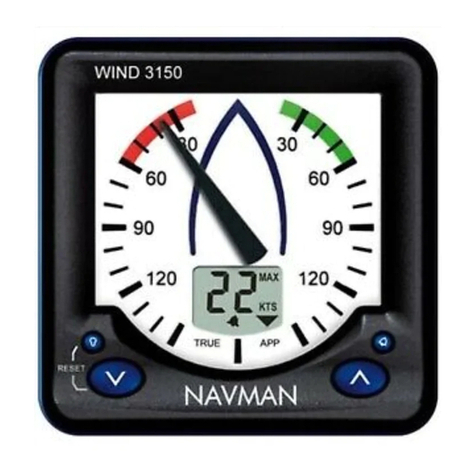
Navman
Navman WIND 3150 Installation and operation manual

Mic
Mic 98871 Operation manual
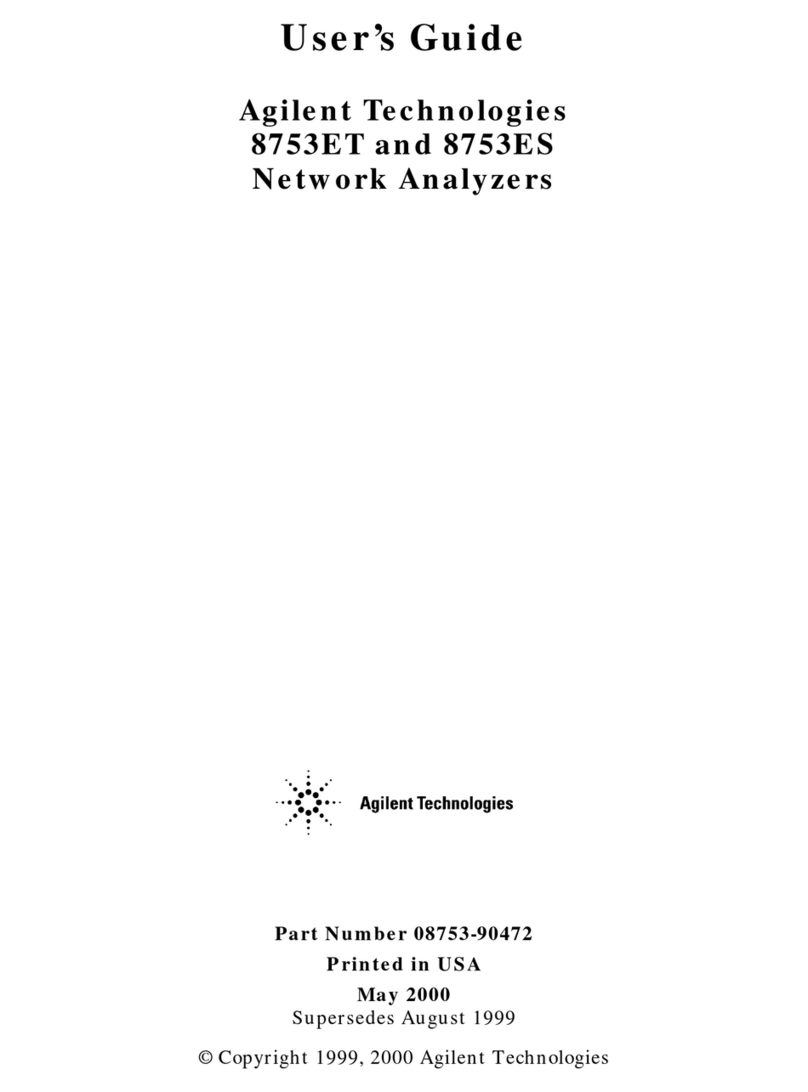
Agilent Technologies
Agilent Technologies 8753ET user guide
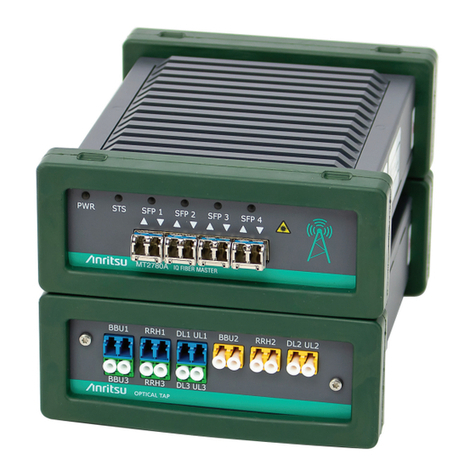
Anritsu
Anritsu IQ Fiber Master user guide

